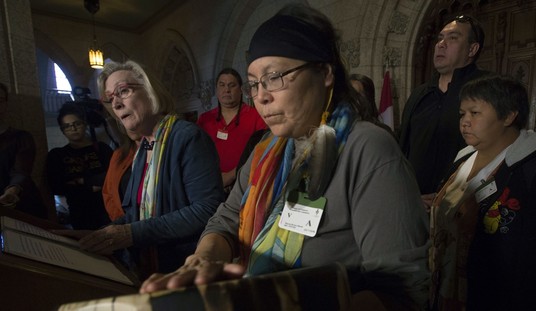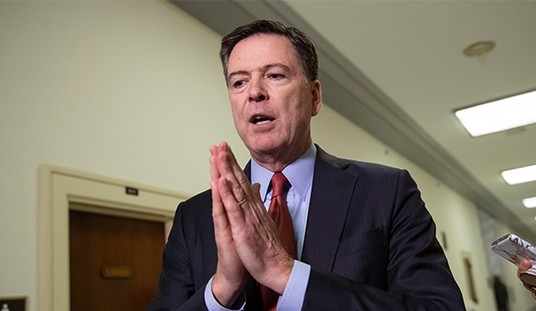President Donal Trump is set to roll out his answer to skyrocketing Obamacare premiums, and it's arriving just in time to stave off what could be a financial disaster for millions of Americans. White House officials confirmed that Trump will announce a general framework urging Congress to pass legislation preventing the massive premium hikes that are barreling toward nearly 22 million people when enhanced subsidies expire at the end of the year. But does this plan really fix the problem?
Among the key provisions of Trump’s “Healthcare Price Cuts Act” is the elimination of so-called "zero-premium" subsidies, a move designed to address concerns about "ghost beneficiaries" who may be enrolled without even knowing it. Under the new framework, everyone would be required to make at least a minimal payment to verify their eligibility. This makes sense. The plan also includes a deposit program where individuals who choose lower-premium coverage would have the cost difference deposited into a taxpayer-funded Health Savings Account, a concept Trump has publicly endorsed as a way to put money directly into people's pockets rather than funneling it through insurance companies.
Enhanced Obamacare subsidies are scheduled to expire on December 31, and without action, premium increases for those who qualify could be devastating. According to analysis from the Kaiser Family Foundation, an individual making $35,000 per year would see their annual premium jump from $1,033 to $2,615, a more than 150% increase. A family of four earning $90,000 annually would watch their premium surge from $4,680 to $8,415. For the average subsidized enrollee, premium payments would more than double, rising 114% from $888 annually in 2025 to $1,904 in 2026. Last week, a bipartisan proposal to extend Obamacare subsidies for two years was introduced in the House, and Senate Republicans have agreed to hold a vote in mid-December on the extension, though passage in either chamber remains uncertain.
ICYMI: Blagojevich Makes Explosive Claims About the Obamas
While addressing fraud in the system is certainly a worthy goal, and putting money directly into Health Savings Accounts sounds appealing on the surface, the elephant in the room remains unaddressed. Incentivizing lower-premium plans doesn't solve the fundamental problem that premiums have soared because of Obamacare itself. Take a real-world example: I have an individual bronze plan that just a few years ago cost a little over $400 per month. That same plan has gone up significantly. This year, I’ve been paying close to $600 a month, and it will be roughly $750 per month next year. That's not a subsidy problem. I don’t qualify for subsidies. That's a structural problem with Obamacare that has sent prices skyrocketing for years. The law's mandates, regulations, and one-size-fits-all approach have driven costs through the roof for millions of Americans who don't qualify for subsidies or who are watching their subsidized plans become increasingly unaffordable even with government help.
Trump's plan may offer a short-term fix to address the immediate crisis of cost increases tied to the expiring subsidies, but it doesn't appear to tackle the root cause of Obamacare's lack of affordability.
The premiums aren't spiking just because the enhanced subsidies are going away; they've been climbing steadily for years because the Obamacare framework is broken. Without addressing the regulatory burden, the lack of competition, and the mandates that have made health insurance more expensive rather than less, any solution is just a Band-Aid on a gaping wound.
I want a real solution. We’ve watched for years as Republicans promised over and over again to repeal and replace Obamacare with something that would actually bring down costs. It hasn’t happened, and here we are, getting offered quick fixes that really don’t solve the problem of Americans watching their premiums skyrocketing every year.










